In today’s tech-savvy world, where electronic devices are integral to our daily lives, understanding the protection levels of these gadgets is crucial. Whether it’s a smartphone, an industrial machine, or outdoor equipment, knowing how well a device can withstand dust and water ingress can help you make informed decisions about its suitability for various environments. Two common ingress protection (IP) ratings you might encounter are IP66 and IP67. While both offer robust protection, they cater to different needs. Let’s dive into what these ratings mean and how they differ.
Understanding IP Ratings
Ingress Protection (IP) ratings, defined by the international standard IEC 60529, are designed to specify how well a device is protected against solids and liquids. The IP rating system is composed of two digits: the first digit represents protection against solid particles, and the second digit indicates protection against liquids.
Breaking Down IP66
Dust Tight (First Digit 6): The ‘6’ in IP66 means that the device is completely dust-tight. No dust or other solid particles can enter the enclosure, providing full protection against dust ingress. This is ideal for environments where dust is prevalent, such as manufacturing plants or construction sites.
Powerful Water Jets (Second Digit 6): The ‘6’ also signifies that the device is protected against powerful jets of water from any direction. It can withstand water jets with a high pressure of up to 100 liters per minute, making it suitable for use in heavy rain or when subjected to high-pressure water cleaning.
Exploring IP67
Dust Tight (First Digit 6): Like IP66, the ‘6’ in IP67 signifies complete protection against dust. This ensures that no dust can enter the device, maintaining its functionality even in dusty environments.
Submersion Protection (Second Digit 7): The ‘7’ denotes that the device can be submerged in water up to 1 meter (3.3 feet) for a duration of up to 30 minutes. This makes IP67-rated devices suitable for use in scenarios where accidental immersion could occur, such as in outdoor or underwater applications.
Comparing IP66 and IP67
While both IP66 and IP67 provide complete dust protection, their water protection levels differ significantly:
IP66: Designed to handle high-pressure water jets, IP66 devices are ideal for environments where exposure to heavy rain or high-pressure water sprays is common. Examples include outdoor lighting fixtures and industrial equipment exposed to cleaning processes.
IP67: Offers higher protection in terms of water ingress, making it suitable for devices that might be accidentally dropped into water or submerged temporarily. This rating is often found in rugged smartphones, outdoor cameras, and some types of wearable technology.
Practical Tips for Choosing the Right IP Rating
Assess the Environment: Consider where the device will be used. For high-pressure water environments, IP66 is sufficient. For applications involving potential submersion, IP67 is preferable.
Evaluate Device Use: If your device will be exposed to rain but not submerged, IP66 will likely meet your needs. If there’s a chance it could be dropped into water, go with IP67.
Check Manufacturer Specifications: Always review the manufacturer’s details about IP ratings to ensure that the device meets your specific requirements.
Real-World Applications
IP66 Devices: Outdoor security cameras, industrial machinery, and street lighting are often rated IP66 due to their exposure to harsh weather conditions and cleaning processes.
IP67 Devices: Smartphones, sports watches, and diving equipment frequently feature IP67 ratings, ensuring they can withstand accidental immersion and continue functioning properly.
Understanding the difference between IP66 and IP67 is essential for selecting the right equipment for your needs. While both ratings offer excellent protection against dust, their water resistance varies significantly. By evaluating the environment and potential exposure risks, you can make an informed choice that ensures your devices remain functional and reliable.


